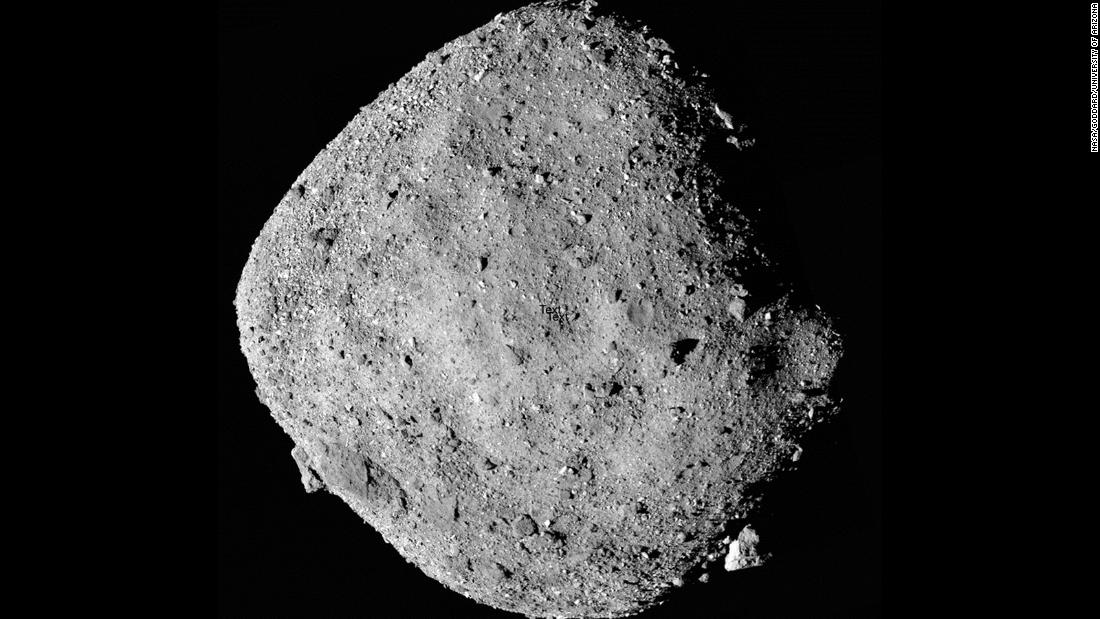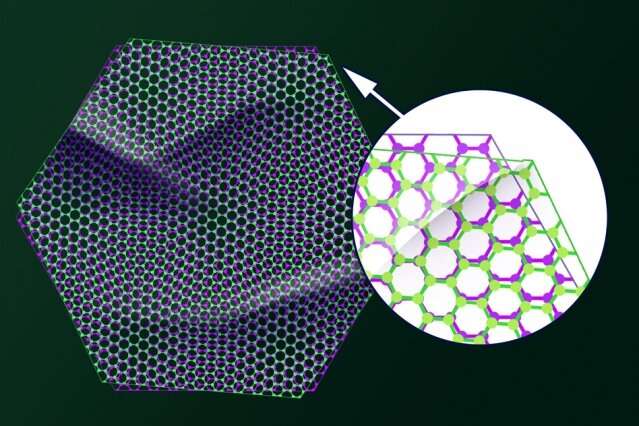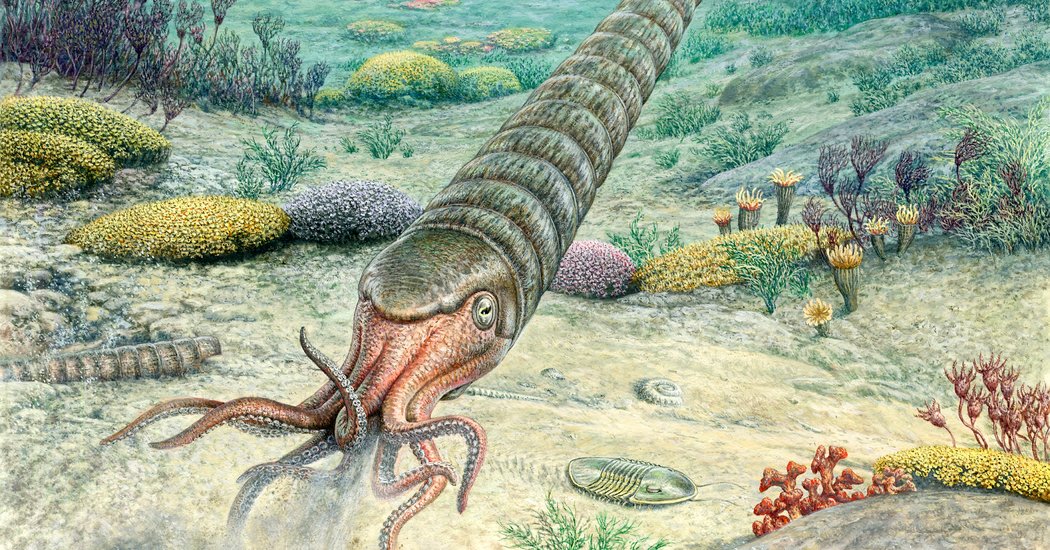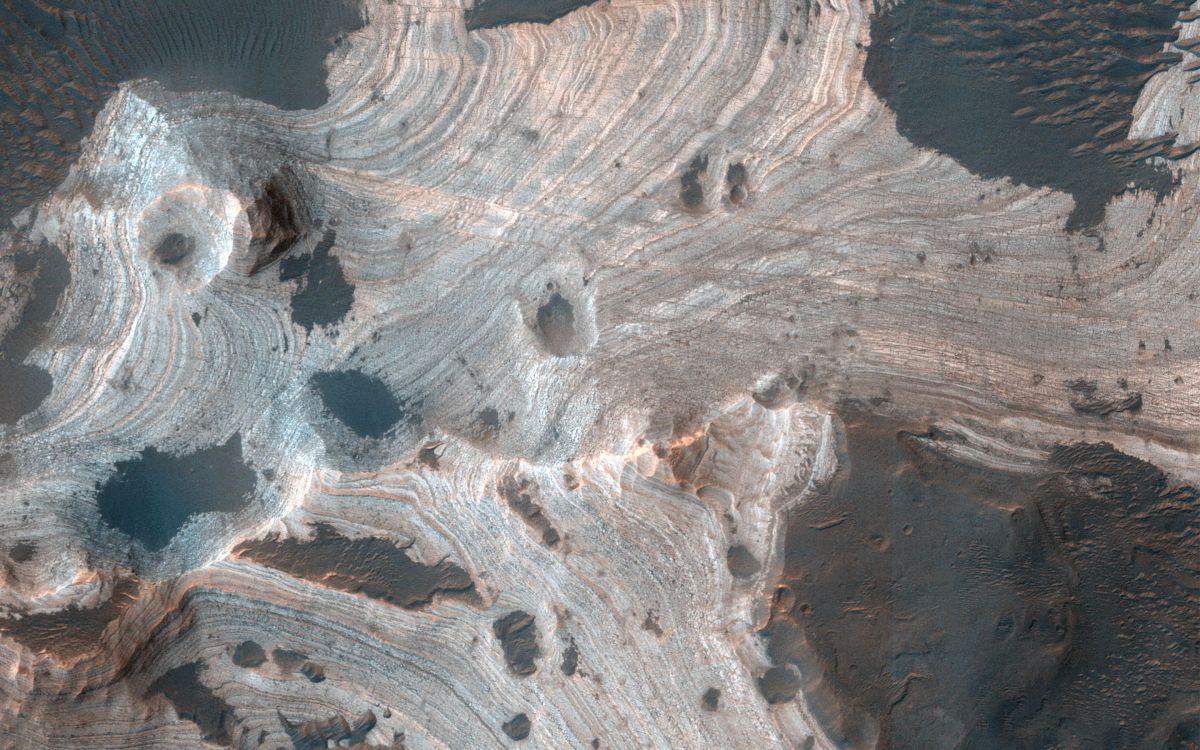Nature Art
Science Tips Tips Tricks Technology Mukupirna: What is the new creature? It’s a wombat bear, study says
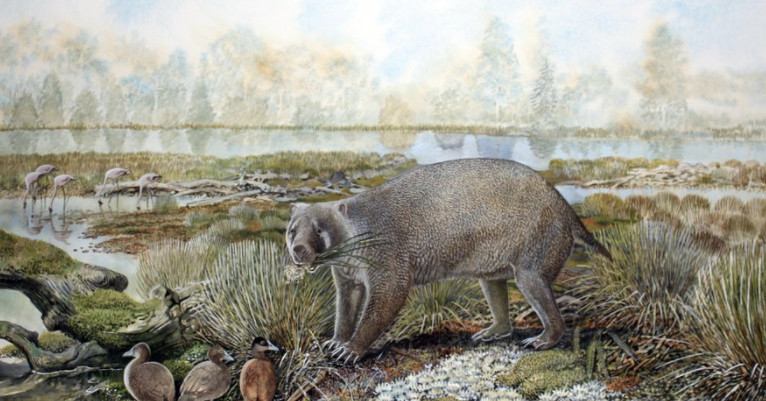
Science Tips Tips Tricks Technology
A group of paleontologists recently revealed a new creature that resembles a wombat — only it’s four times as big and almost bear-like.
What happened:
- A new study — published Thursday in the journal Scientific Reports — revealed the discovery of this creature, which is “so unusual it’s got its own family classification,” according to CNET.
- The researchers said they discovered part of an animal skull, which was originally found in 1973 in Australia. It has now been linked to the wombat ancestor.
- This cousin to the modern-day wombat is so unique it has earned its own marsupial classification, researchers said.
What the creature was like:
- The creature — called Mukupirna, which means “big bones” in the Australian languages Dieri and Malyangapa language — was likely the size of a bear.
- The creature’s teeth suggests the animal ate plants for the most part. The animal had strong limbs for digging, too, according to CNET.
- Robin Beck, co-author on the study, said: “Mukupirna clearly was an impressive, powerful beast, at least three times larger than modern wombats.”
- “Koalas and wombats are amazing animals but animals like Mukupirna show that their extinct relatives were even more extraordinary and many of them were giants.”
The bigger picture (literally)
- Palaeontologist Trevor Worthy of Flinders University told ABC in Australia that the discovery of Mukupirna was going to happen eventually. He said the creature is a sign that huge creatures existed only a short time ago.
- “It combines the skills of three generations of palaeontologists to describe a new and spectacular member of the Australian marsupial radiation revealing multiple 100+kg giants existed about 25 million years ago at the end of the Oligocene.”
- University of Queensland paleontologist Gilbert Price agreed, according to ABC Australia.
- “Studies like this show you can’t deny the fact that there were large animals around a long time before humans turned up that would have been susceptible to climatic change.”
